It all starts with our grass
New Zealand has the ideal conditions for growing grass, with a temperate climate, plentiful rainfall and over 2,000 hours of sunshine a year helping us to grow lush green pastures for our cows to graze on.
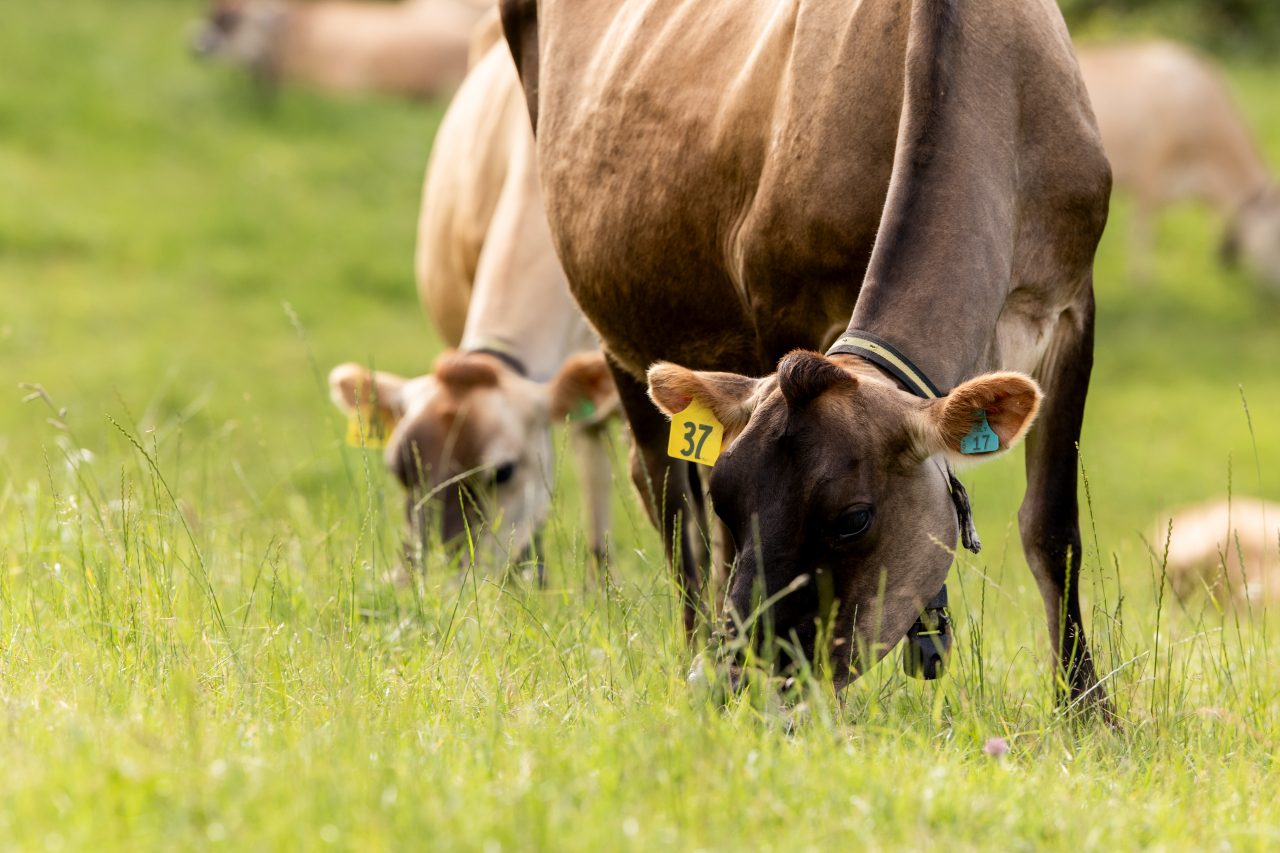
Our cows are 96% grass-fed
Fonterra farmers know that good grass makes great milk. Grass is a natural food source for cows and our cows are 96% grass fed*, spending most of their time roaming lush, green pastures. As a country, we’re experts at growing grass, farming alongside nature, following the seasonal patterns of pasture growth in New Zealand.
Spending over 350 days a year on pasture
New Zealand is one of the few countries in the world where cows can graze on grass year-round. In fact, they spend over 350 days* outside making the most of natural sunlight, fresh air and are able to exhibit their natural behaviours.
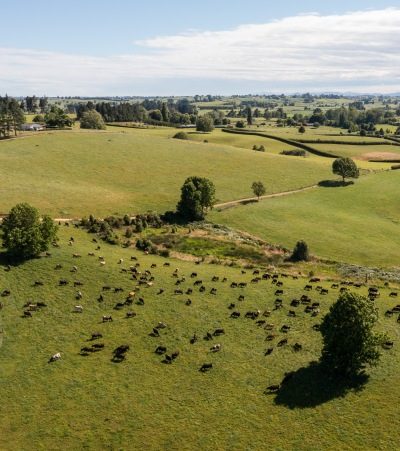
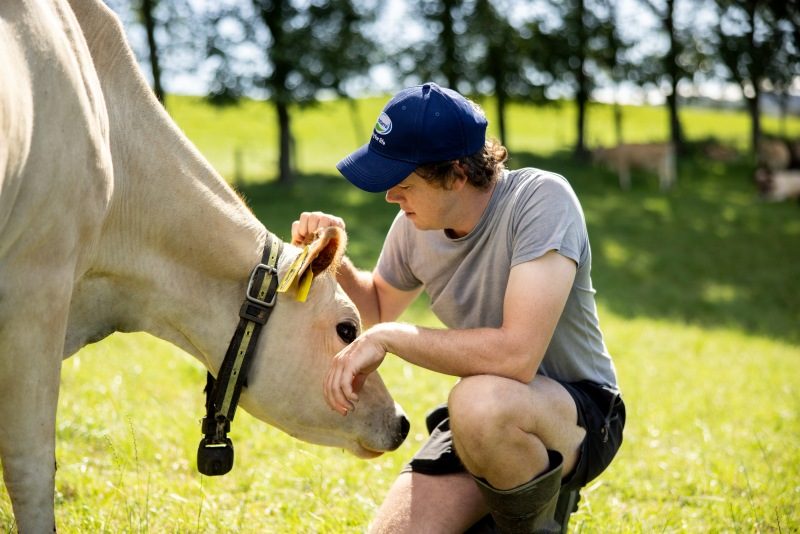
Cows are at the heart of every farm
Their wellbeing means everything to Fonterra farmers who treat them with care and respect throughout their lives. They spend their time roaming paddocks, grazing on grass and socialising with others in the herd.
Learn how a pasture-based system can be a better choice for animal wellbeing.
Helping to create naturally golden butter
Grass-fed cows make milk that is naturally higher in beta-carotene than grain-fed cows, giving our butter it's natural golden colour. It's the grass-fed difference you can see.

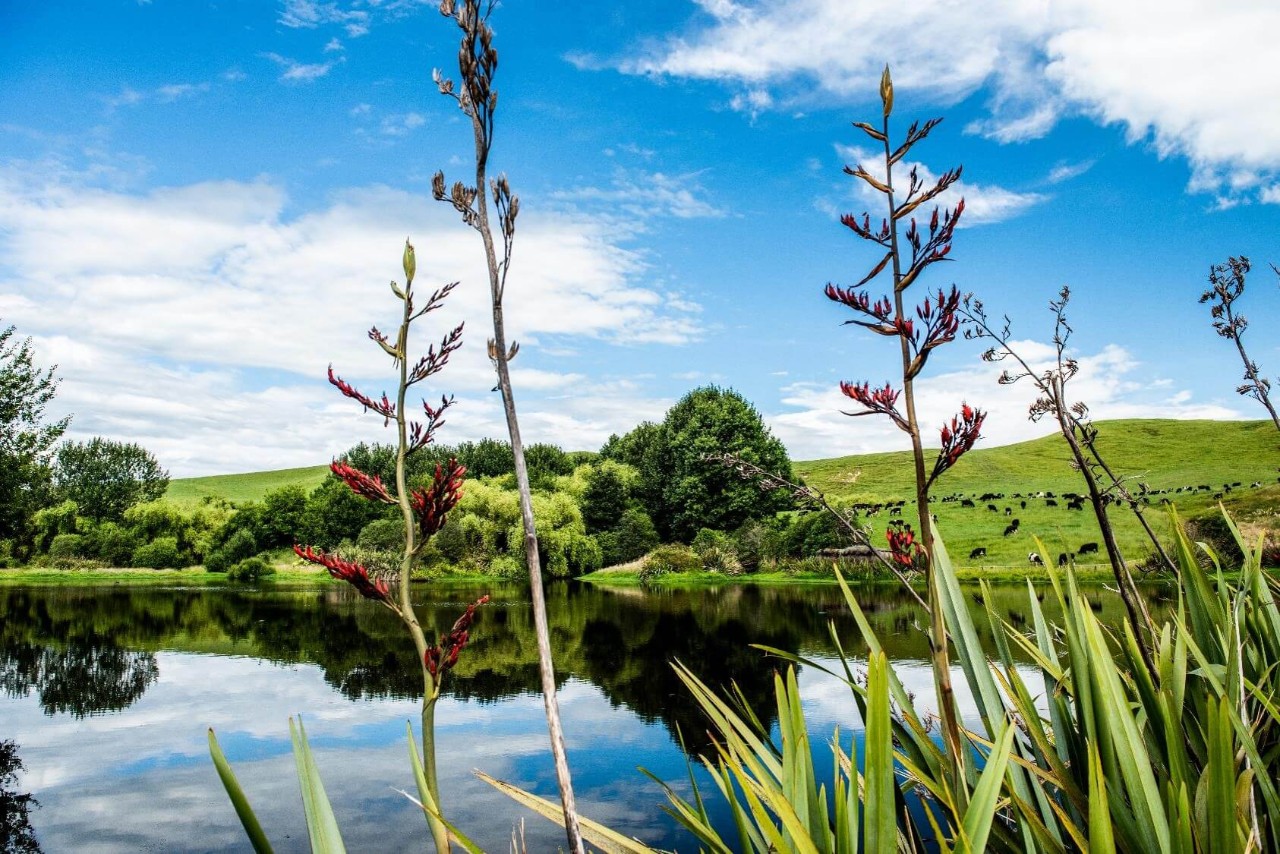
New Zealand's grass-fed system can support a more sustainable way of dairy farming
Our grass-fed*, pasture-based farming system helps New Zealand farmers be amongst the most emissions efficient producers of dairy in the world1. Compared to grain-fed systems, a pasture pased system can also offer a lower emissions feed choice and be very efficient for water and fossil energy use.
Regenerative agriculture practices are simply part of how we farm
Regenerative agriculture is about continous improvement over time, using data to help inform and improve practices fit for the specific context in which farms operate and contribute to improved outcomes for our natural resources.
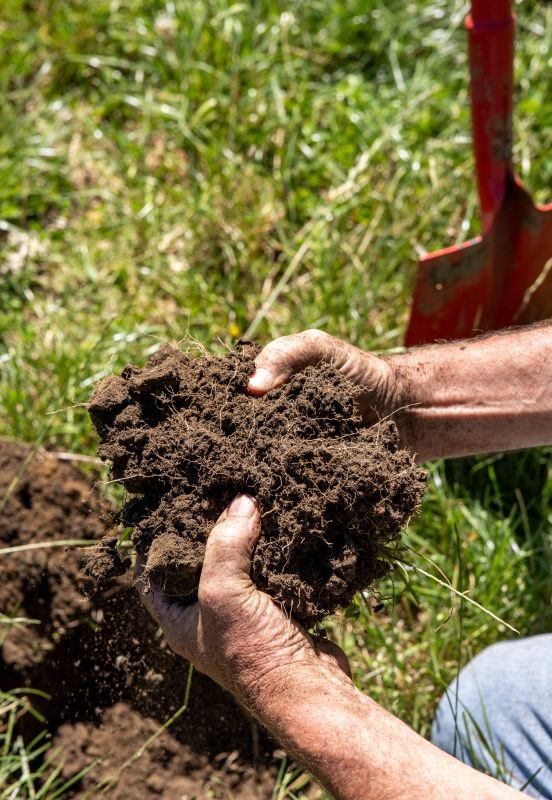
*Fonterra New Zealand cows spend on average 350 days grazing on pasture and have a diet which is 96% grass, calculated on an ‘as consumed’ basis and averaged over the previous three seasons data. Grass-fed means cows mainly grazing on grass and crops in paddocks where they roam. Visit NZMP.com/grass-fed for more information.
1. Mazzetto, A. M., Falconer, S., & Ledgard, S. (2022). Mapping the carbon footprint of milk production from cattle: A systematic review. Journal of Dairy Science, 105(12), 9713-9725. https://www.journalofdairyscience.org/article/S0022-0302(22)00585-9/fulltext

